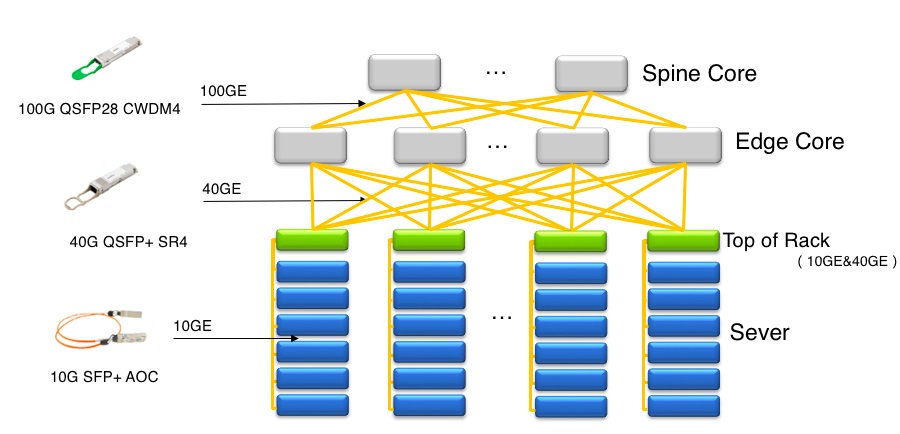

GNS3_SW2(config-if)#switchport mode access No VLAN tagging is performed, so no additional protocol required on Access Ports.įor VLAN tagging, it used additional protocols depending on the environments. Trunk port usually required More bandwidth as compared to Access ports. Usually, less bandwidth is required while connecting the access port across devices. It is usually used to establish the connectivity between Switch to Switch or Switch to Router (i.e. It is usually used to connect the end devices like Laptop, Printer, Computer, etc. By default, Trunk ports member of all VLANs configured in the switch. Trunk Port, carry the traffic of multiple VLANs.

Recommended: Get Cisco CCNA LAB Access PortĪccess Port, is the member of single VLAN, and carry the traffic of that particular VLAN only. The below table helps you with the differences between both of them. In this session, we will discuss the difference between Trunk Port and Switch Port. Difference between Switchport Mode – Access and Trunk However, on the bottom side of the screenshot, only a single interface is sufficient to carry the data of two VLANs, i.e. On the top side of the screenshot, two interfaces are configured on each switch to carry the data of two VLANs i.e. To understand Switchports more clear, you can have a look at the below image: Trunk Ports: Trunk Ports, usually carry the traffic of multiple VLANs and by default will be the member of all VLANs configured on the switch. Let’s first understand the definition of both, Access Port and Trunk Ports.Īccess Ports: Access Ports belong to a single VLAN and carry the traffic of a single VLAN only. Switchport mode trunk and switchport mode access. Note: All interfaces of a Layer 2 switch are “switchport”! Different Types of Switchport – Access & Trunk


 0 kommentar(er)
0 kommentar(er)
